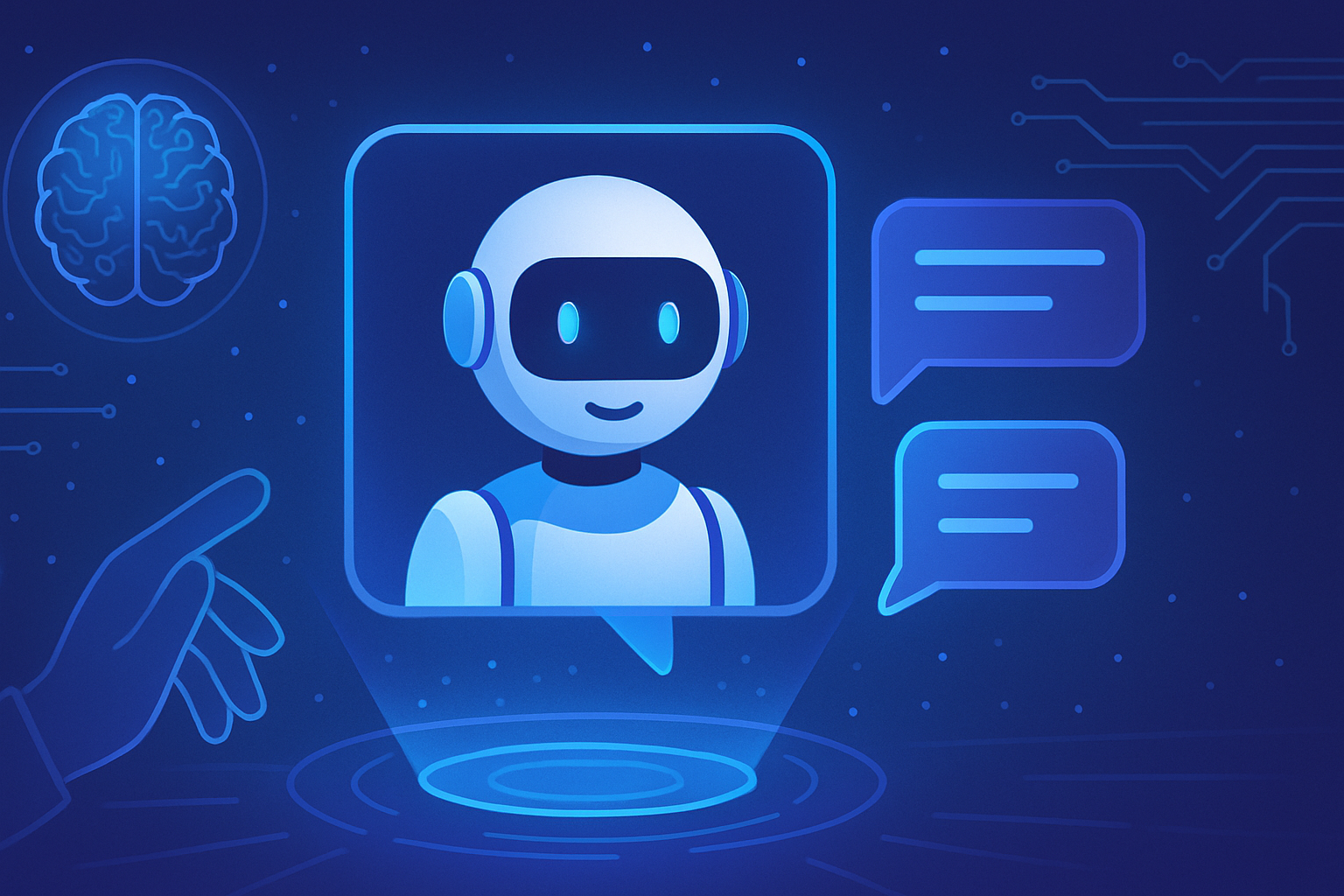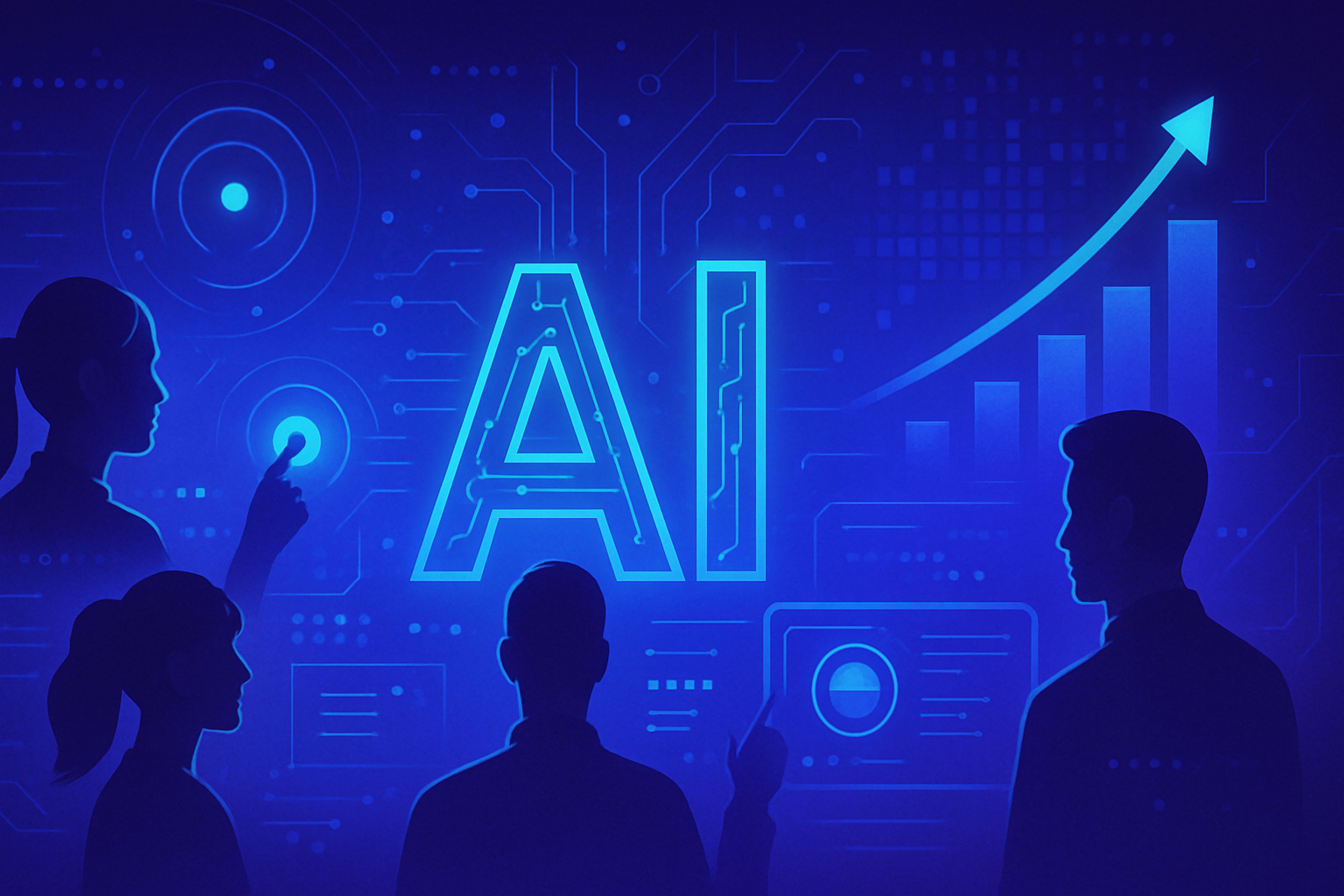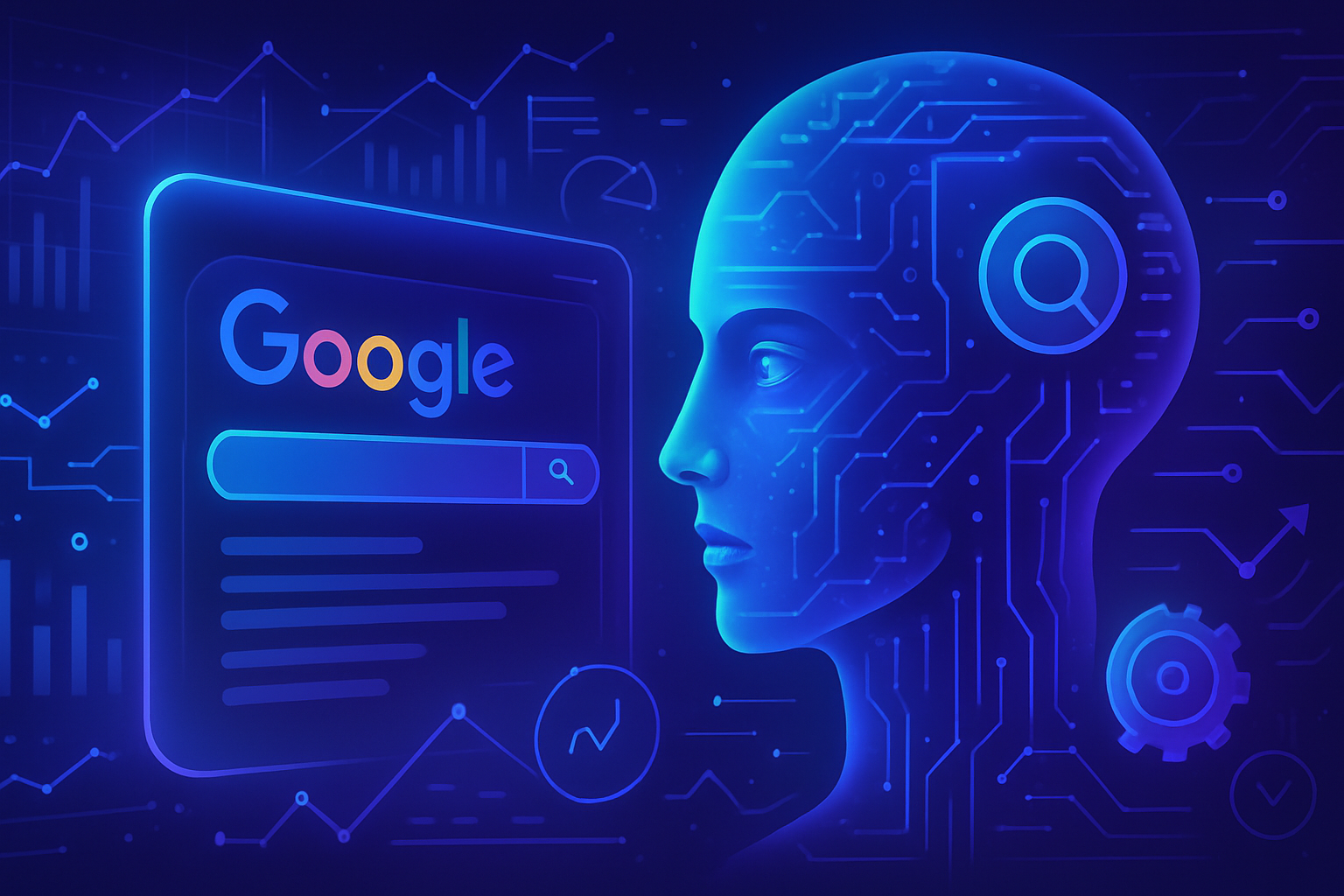The urban dynamic is undergoing a remarkable transformation, where pedestrians display an *unprecedented* pace in their walking. A study highlights a 15% acceleration in walking speed over a few decades, reflecting a profound change in societal behavior. Public spaces, once places of gathering, now seem to morph into mere transit corridors, *thus decreasing* human interactions. The frenzy of urban life hardly leaves room for slowing down, diminishing moments of conviviality and exchange.
Acceleration of pedestrian movements
A recent study conducted by researchers at the MIT demonstrates a significant increase in walking speed among pedestrians in three metropolitan areas of the northeastern United States. Between 1980 and 2010, the average speed of passersby grew by 15%. This evolution stems from a meticulous evaluation of old video sequences captured by renowned urban planner William Whyte in the cities of Boston, New York, and Philadelphia.
Overview of the decline in time spent
In parallel with the increase in movement speed, the time individuals spend in public spaces has seen a reduction of 14% during this same period. The findings of this research reveal a transformation of public spaces that now seem to function more as passageways than as places for exchange.
Analysis of changes in sociability
The details of the project, titled Exploring the social life of urban spaces through AI, highlight an evolution in social interactions. In 1980, 5.5% of people approaching these places would join a group, a figure that fell to 2% in 2010. These data suggest a more transactional relationship to public space, raising questions about the nature of human interactions.
The influence of mobile technologies
The rise of mobile phones has undeniably changed user behaviors. Once, exchanges occurred spontaneously in public spaces. Today, people often opt for preliminary communications via messages before meeting in these locations.
Impact of indoor socialization places
The proliferation of cafes and indoor spaces, such as Starbucks, may also explain this change. These establishments provide a comfortable setting, encouraging individuals to gather indoors, thus reducing their prolonged presence on sidewalks. In 1980, these gathering places were significantly fewer.
Implications for urban planning
These results prompt reflections on urban planning and the design of public spaces. Space creators seek to address citizens’ needs to make these areas more conducive to gathering. As noted by Arianna Salazar-Miranda, the improvement of public spaces plays a key role in counteracting the polarization of digital interactions.
Future research perspectives
Researchers from MIT, including Carlo Ratti, intend to continue this study by expanding their research to European public spaces. Sequences captured in 40 squares across Europe will provide new insights into social interactions and the use of urban spaces. Such an expansion of research aims to understand how pedestrian dynamics can evolve on a larger scale.
User FAQ
Why do pedestrians walk faster in modern cities?
Research shows a 15% increase in walking speed among pedestrians between 1980 and 2010, partly due to the impact of technology and a more active lifestyle.
How was pedestrian walking speed measured in the study?
Researchers used machine learning tools to assess videos of pedestrians in public spaces, comparing recordings from the 1980s with recent footage.
What are the effects of this speed on social interactions?
Studies show that public spaces now function more as passage routes, reducing opportunities for meeting and social interaction.
Has there been a decrease in people gathering in public spaces?
Yes, the research indicated that the percentage of people joining a group in public spaces decreased from 5.5% in 1980 to 2% in 2010.
What role do cafes and indoor places play in the changing social behavior of pedestrians?
The proliferation of cafes and other comfortable indoor spaces seems to have shifted social interactions from outdoor environments to more private and air-conditioned settings.
What are the challenges for urban planning in light of these behavioral changes?
Urban planners need to rethink the design of public spaces to encourage social interaction and counter the polarization caused by digital spaces.
How can this research influence future urban planning?
The findings provide valuable data for creating more welcoming and friendly public spaces, thus increasing opportunities for meeting and sociability.
Are there potential solutions to encourage the use of public spaces?
Improving the quality of public spaces, attractive designs, and organizing community events are some of the solutions considered to encourage socializing.






